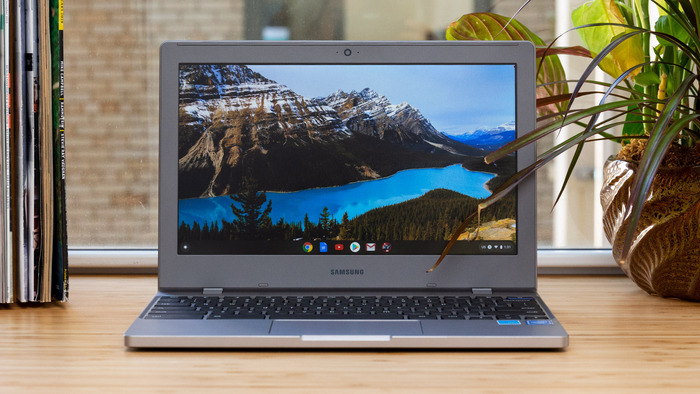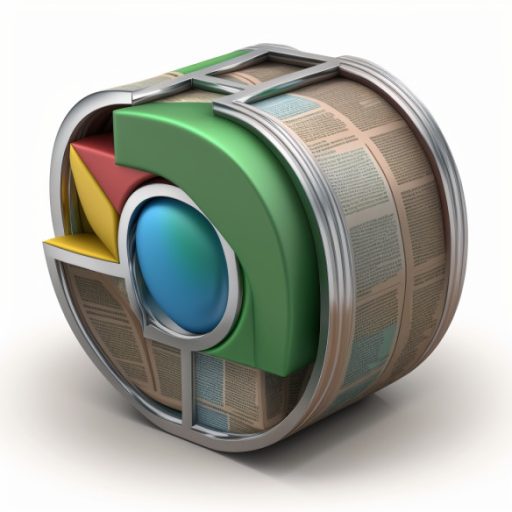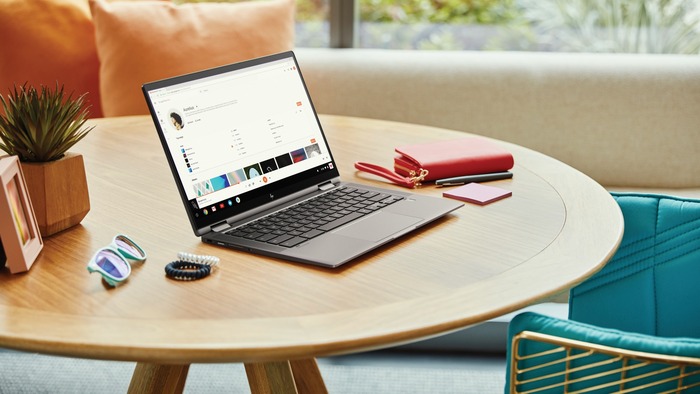You’ve probably heard it a hundred times by now – “the creator economy is booming.” Everyone’s a creator. Everyone’s got a channel, a shop, a side hustle, a story to tell. Some are making short films on their phones, others are streaming to thousands on Twitch from their bedrooms.
And then there are people making serious money trading digital assets, building communities around virtual items, and managing online reputations like brands.
It’s wild how broad the term “creator” has become. And honestly? It’s about time.
But that brings up a real question – can a Chromebook actually keep up with all this? Can you build something meaningful, something valuable, using a device that’s still seen (by many) as a “just the basics” kind of tool?
Let’s talk about it.
Chromebooks Have Grown Up – Even If Their Reputation Hasn’t
First, let’s give credit where it’s due. Modern Chromebooks are nothing like the clunky budget models from ten years ago. Today’s ChromeOS devices are fast, clean, and surprisingly capable – especially if your workflow lives mostly in the cloud.
If you’re a writer, a content strategist, a social media manager, or someone whose creative output revolves around words, structure, and planning – you’re golden.
You’ve got Google Docs, Notion, Canva, Figma, and Clipchamp… all running smoothly in-browser. Even lightweight video editing isn’t out of reach anymore, thanks to web apps getting smarter and faster.
But what about everyone else?
The Creator Economy Isn’t Just YouTubers and TikTokers Anymore
Here’s where it gets interesting. The definition of “creator” has expanded – a lot. These days, creators include:
- Artists who sell digital prints or stickers on marketplaces.
- Modders who build game assets and distribute them through communities.
- Traders and collectors building digital portfolios around in-game items.
- Gamers who generate revenue through streaming, tournaments, or trading skins.
And yes – I’m talking about things like the Counter-Strike skin economy. It’s one of the most fascinating corners of digital culture, where people buy, sell, and sometimes even invest in virtual items with real-world value. A rare skin can sell for the price of a used car. It’s wild, but it’s real.
Have you ever thought about how many people now treat digital items the way previous generations treated luxury watches or rare vinyl? It’s a flex. It’s a status symbol. It’s a market.
And the people navigating those spaces? They’re creators, too – even if they don’t call themselves that.

The Tools Behind the Scenes Still Matter
If your creative work involves collecting, trading, or managing digital items, Chromebooks are up to the task. Today, they can handle a lot more than you might expect. Accessing platforms, communicating with communities, organizing assets, keeping track of prices – it’s all doable with a solid browser and cloud storage.
But sure, there are limits. If your work leans heavily into video rendering, complex asset design, or GPU-hungry editing, you’ll hit walls. Even with Linux apps and Android integrations, Chromebooks aren’t full replacements for heavy-duty creative rigs. Not yet, anyway.
Still, they’re closer than they’ve ever been – and for many creators, especially the ones building brands or businesses around curation and digital identity rather than production pipelines, they’re already more than enough.
Where Digital Ownership Meets Community-Driven Value
Let’s look at a corner of this creator economy that often flies under the radar – skin collectors and traders. Specifically, platforms like CSGORoll, which sit at the intersection of gaming, digital ownership, and community-driven value.
Founded in 2016 by Killian, known in the community as EyE, CSGORoll started as a passion project. It was built on a simple idea: bring transparency, fairness, and structure to the skin trading space. What began small has grown into a full ecosystem that treats digital items with the kind of care and clarity traditional marketplaces often lack.
And while it’s not a ChromeOS platform specifically, the tools most people use to engage with platforms like that – price tracking, portfolio management, market research, even Discord community building – are all things a Chromebook can handle just fine.
So if you’re someone who’s part of that world – maybe not editing videos, but curating a digital identity, building a collection, even managing value over time – your Chromebook might be doing more than you give it credit for.
So, Are Chromebooks There Yet?
Depends on who you ask. For the right kind of creator – the kind who thinks strategically, operates online, and doesn’t need to push 4K timelines every day – Chromebooks are already more than capable.
And as ChromeOS keeps evolving, as web tools grow more powerful, and as our definition of “creativity” continues to expand, this question won’t be “can a Chromebook keep up?” – it’ll be “why did we underestimate it for so long?”

